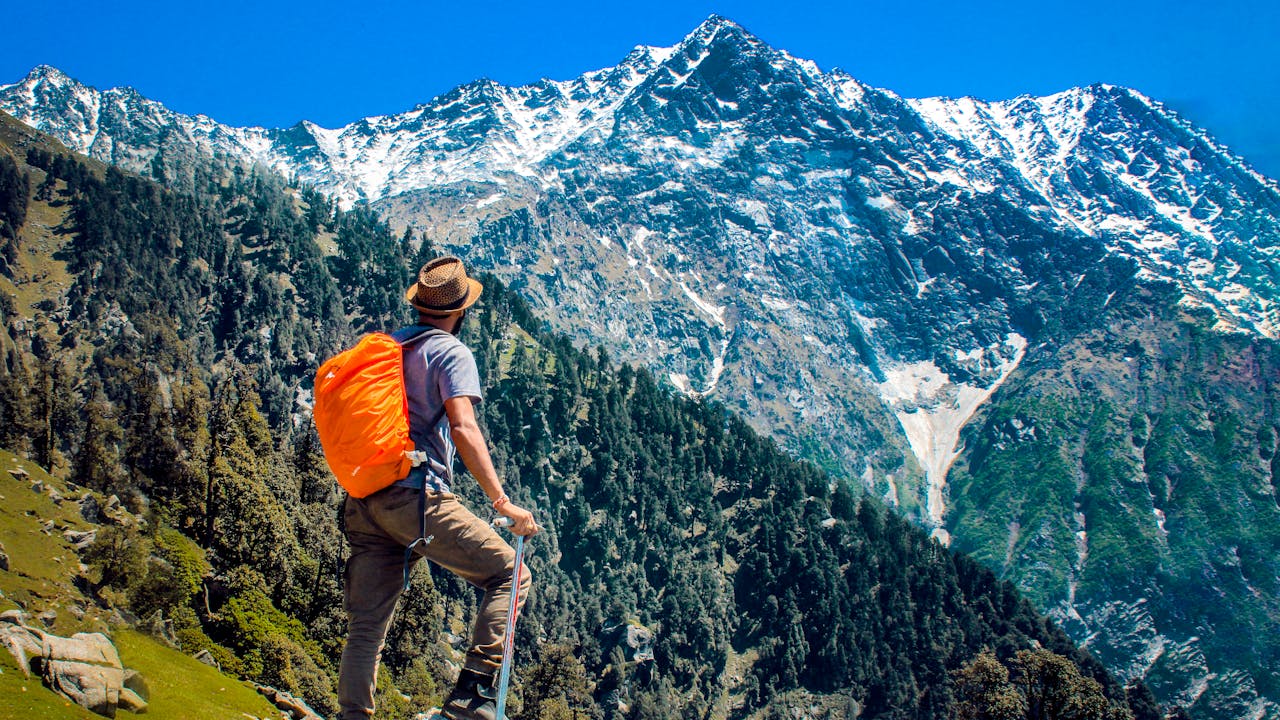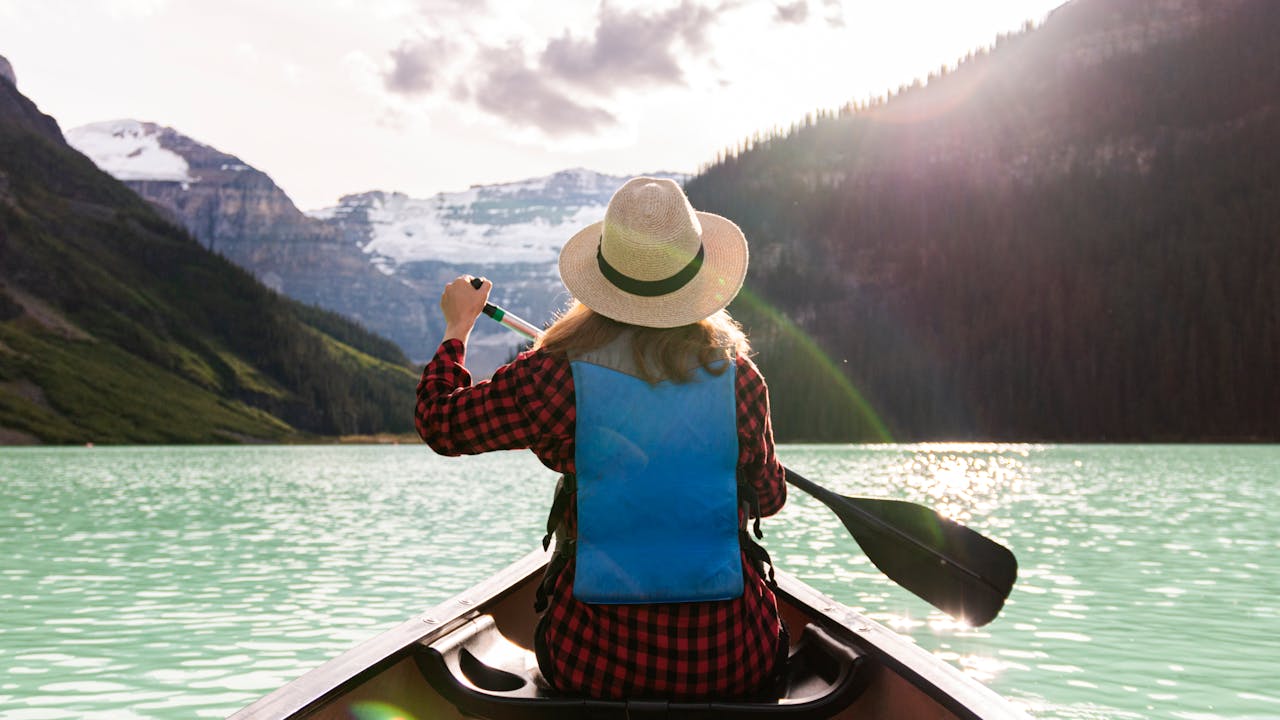High-altitude trekking offers adventurers a chance to explore some of the most breathtaking and remote landscapes on the planet, reaching heights where the air is thin and the views are awe-inspiring. In this comprehensive guide, we’ll delve into the exhilarating world of high-altitude trekking, exploring its challenges, rewards, techniques, equipment essentials, safety considerations, destinations, and the unforgettable experiences it offers to those who dare to journey to the roof of the world.
Challenges of High-Altitude Trekking:
High-altitude trekking presents unique challenges that require physical fitness, mental toughness, and careful preparation to overcome. As trekkers ascend to higher elevations, the air becomes thinner, making breathing more difficult and increasing the risk of altitude-related illnesses such as acute mountain sickness (AMS), high-altitude pulmonary edema (HAPE), and high-altitude cerebral edema (HACE). Trekkers must acclimatize gradually to higher elevations, allowing their bodies time to adjust to the decreased oxygen levels and avoid altitude sickness. Additionally, trekkers must contend with harsh weather conditions, extreme temperatures, and rugged terrain, requiring careful planning, proper equipment, and the ability to adapt to changing conditions in the mountains.
Equipment Essentials:
Success in high-altitude trekking depends on having the right equipment to ensure safety, comfort, and performance in challenging alpine environments. Essential gear includes technical clothing such as moisture-wicking base layers, insulating mid-layers, and waterproof and breathable outer layers to protect against wind, rain, and snow. Sturdy hiking boots with ankle support and grippy soles are essential for navigating rocky and uneven terrain, while trekking poles provide stability and support on steep ascents and descents. Other essential equipment includes a lightweight backpack for carrying gear and supplies, a warm sleeping bag and insulated sleeping pad for cold nights in the mountains, and a reliable tent or shelter for protection from the elements.
Techniques of High-Altitude Trekking:
High-altitude trekking requires careful pacing, proper hydration, and strategic rest breaks to minimize the risk of altitude-related illnesses and maximize performance and enjoyment on the trail. Trekkers should ascend gradually, allowing their bodies time to acclimatize to higher elevations and avoiding rapid altitude gains that can lead to altitude sickness. Hydration is key in the mountains, and trekkers should drink plenty of water throughout the day to stay hydrated and prevent dehydration at high altitudes. Proper nutrition is also essential for fueling the body’s energy needs and replenishing electrolytes lost through sweat and exertion, with a focus on high-carbohydrate, high-calorie foods that are easy to digest and provide sustained energy for long days on the trail.
Safety Considerations:
Safety is paramount in high-altitude trekking, and trekkers must be prepared to assess and manage risks associated with altitude sickness, inclement weather, and rugged terrain. Proper planning and preparation are essential for minimizing risks and ensuring a safe and successful trek, including researching the route, checking weather forecasts, and obtaining relevant permits and permissions. Trekkers should be familiar with the signs and symptoms of altitude sickness and know how to respond appropriately if symptoms occur, including descending to lower elevations if necessary. Additionally, trekkers should carry essential safety gear such as a first aid kit, emergency communication device, navigation tools, and shelter to respond to emergencies and unexpected situations in the mountains.
Destinations for High-Altitude Trekking:
High-altitude trekking can be enjoyed in a variety of destinations around the world, each offering its own unique blend of landscapes, cultures, and challenges. Popular high-altitude trekking destinations include the Himalayas in Nepal, where trekkers can explore iconic routes such as the Everest Base Camp Trek, Annapurna Circuit, and Langtang Valley Trek, each offering stunning views of snow-capped peaks, remote mountain villages, and sacred monasteries. Other popular destinations include the Andes in South America, where trekkers can hike to Machu Picchu along the Inca Trail or explore the Cordillera Blanca in Peru, home to some of the highest peaks in the Western Hemisphere. The Karakoram Range in Pakistan, the Caucasus Mountains in Georgia, and the Pamir Mountains in Tajikistan are other popular destinations for high-altitude trekking, each offering its own unique blend of adventure and exploration in the world’s most spectacular mountain landscapes.
Unforgettable Experiences:
High-altitude trekking offers participants a chance to experience the beauty, challenge, and adventure of the mountains in a deeply personal and transformative way. Each trek is a journey of self-discovery, as trekkers push their limits, overcome obstacles, and forge lasting bonds with their fellow travelers and the mountains themselves. Whether standing on a windswept pass, gazing out at panoramic views of distant peaks and valleys, or sharing stories and laughter around a campfire under a starlit sky, each moment of a high-altitude trek is filled with a sense of awe, wonder, and camaraderie that is unmatched by any other outdoor pursuit. And as trekkers descend back to civilization, they carry with them memories that will last a lifetime and a newfound appreciation for the beauty and power of the mountains.



